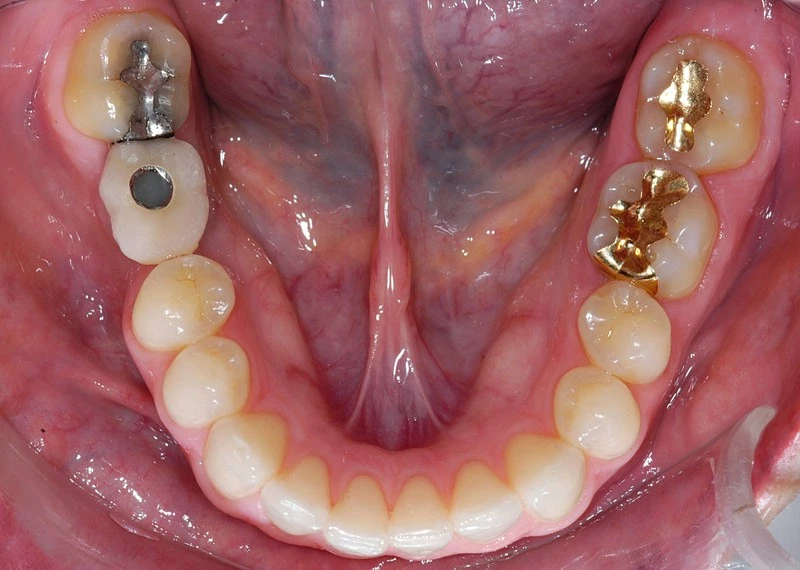Dental Photography Guidelines
It is said that a picture is worth a thousand words; and this is very true in case of dentistry. But how to get best dental photos that really support your decisions on diagnosis, treatment planning or progress follow-up? The single answer is “By Learning.” Learning dental photography will make you get the photos you want, not what the camera wants to give you; it will make you use low-cost camera to produce high-quality photos.
Before you start reading these guidelines, please remember that dental photography has a learning curve. It starts with some difficulty and confusion, but the more you practice the faster you proceed.

Guidelines for Dental Photography:
General Guidelines:
- Obtain consents from each patient prior to taking photographs, describing clearly the purpose(s) of taking photographs.
- Identify the purpose of dental photos: to share your expertise with peers, to send to laboratory, to put in patient’s leaflet, to advertise for your practice or to communicate with the patient.
- Encourage yourself as well as your team members to learn dental photography.
- Involve your patients in the photography procedures and try to make it fun, let them hold the retractors, turn their heads or change their postures to get good shots.
- Seek for appropriate equipment: a camera, a set of retractors, mirrors and a contrastor as needed.
- Individual retractors, held by the patient as one separate in each hand, give sufficient retraction and more exposure to the area of interest than the circular ones.
- Remember that dirty/scratchy mirrors will cause unclear images.
- Photos taken by mirrors need to be rotated so that the right and left sides are put well in position.
- A contrasor could be more useful for educational photography; it is unnecessary to use it for general photos.
- Save your pictures as RAW + JPEG so that you can easily edit your photos on the hard drive.
Adjusting Your Camera:
- We recommend using Digital single lens reflex (DSLR) camera which has professional yet easy set-up, facilitating manual focusing and changing lenses for the best image quality and the highest illumination.
- On the first use of the camera, direct the lens toward a bright surface, then notice the appearance of fine lines or markings, start to adjust the focus of the eyepiece until you see the marking lines clear and sharp. Adjust the camera lens on manual focus, 1:2 magnification and 55mm zoom to avoid distortion of the images.
- A macrolens is a useful tool for taking clear close-up shots while standing away from the object. Adjust its magnification on Full (90mm-105mm) to avoid getting very close to the patient.
- Select a flash system that suits for your camera: each manufacturer has a range of ring or twin flashes that work for certain models; LED light is not recommended for dental photography.
- Read the instructions’ booklet in order to adjust the flash. We recommend to select Manual setting, then choosing the appropriate flash power which gives equal illumination.
- Adjust basic capture settings as follows: shutter speed 1/200, aperture F22, ISO speed ISO-100 and exposure time 1/60 sec. PASM settings could be set off while taking dental photographs.
- Shutter speed is adjusted through the wheel on the back or side of the body of the camera. Aperture is adjusted through the wheel combined with AV button. ISO is adjusted from a button on the body of the camera or from the menu.
- Aperture is adjusted according to changing the magnification. For large views such as full arch, the magnification is changed to 1:3 or 1:4 and aperture: F20 or F16. When taking close-up views such as 2-3 teeth, the magnification is set to 1:1 and aperture to F30 or F32.
- Other adjustments include White Balance settings (Daylight or Direct sunlight), Picture Style/Control (Normal/Neutral).
- For extra-oral views (front and side views), you need to avoid shadows as possible. This could be done by switching off one side of the flash (read the instructions’ booklet of your flash to know how to do so); in addition, you need to use lightly colored background, preferably not on blue scale. For these views, we recommend the distance between the camera and the patient’s head to be average 1.5m and to adjust the aperture to F8.

Share This Article



